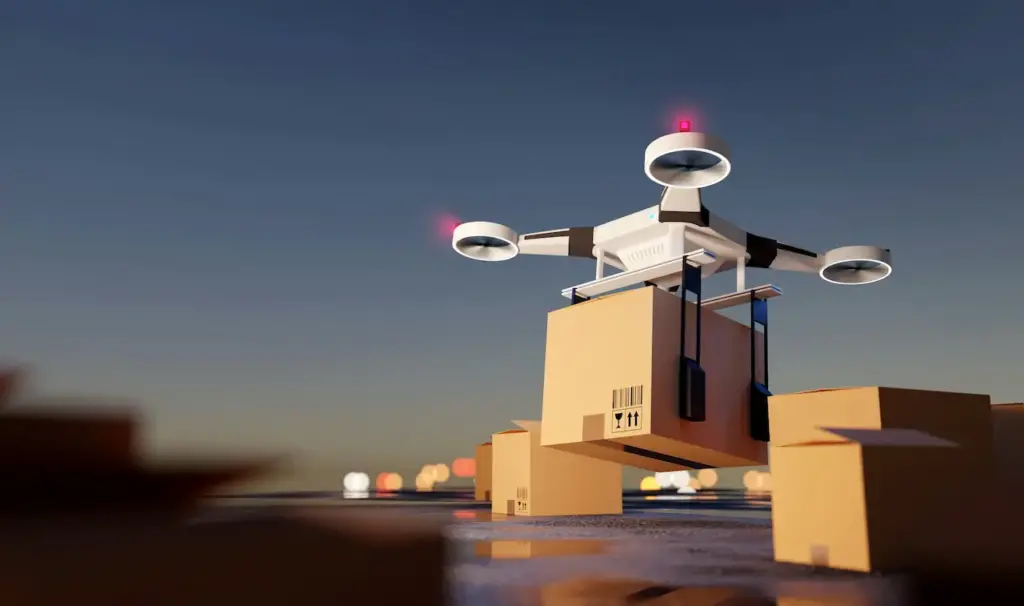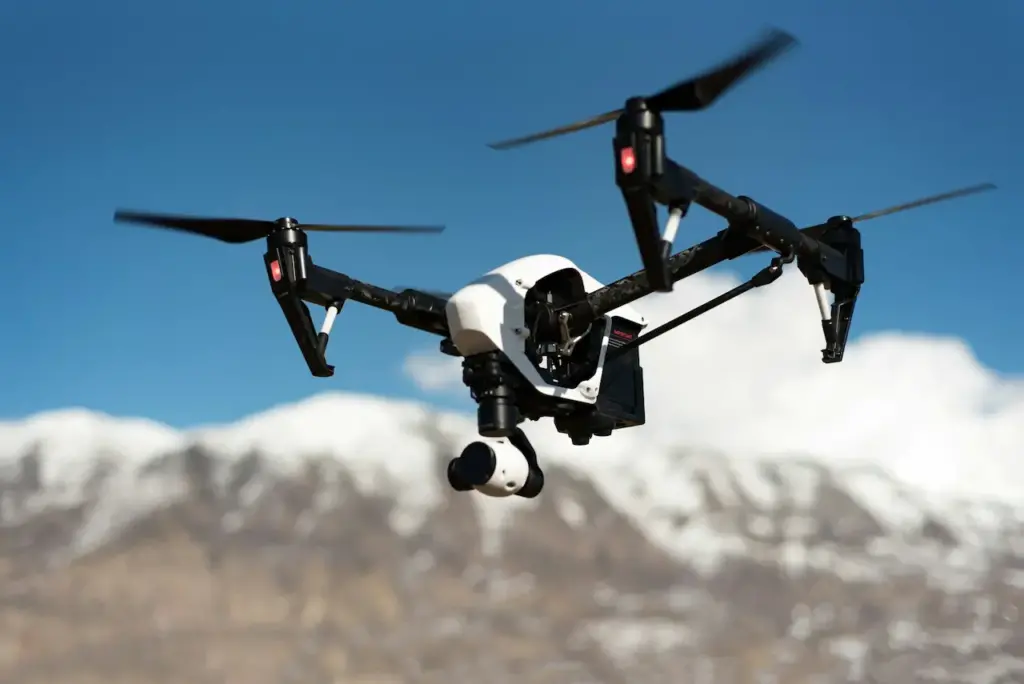Drones are more than just fun gadgets that take impressive aerial photos. More and more companies are utilizing drones to change the way they work, and some of those companies prioritize the welfare of humankind above all else.
Since drones can quickly reach areas that may not be accessible by other vehicles, they’re creating new possibilities for people who are in dire need of life saving care but may not otherwise be able to receive it in a timely manner.

Drones Fighting HIV
Sub-Saharan Africa is facing a terrifying reality with HIV. With approximately 600 children being infected on a daily basis, the crisis is disproportionately affecting the most vulnerable populations in this region of the world. Drones have made diagnosis and preventative care easier. Without these preventatives and diagnostic tools, it would be all but impossible to manage the reach of the disease. While there is no cure for HIV, drones still make life easier for those afflicted with the illness.
Defibrillator Drones
Heart disease is one of the leading causes of death in most developed nations. If someone is experiencing an episode of cardiac arrest, every second makes a difference. Some medical response units are now equipped with drones that drastically reduce response time. Defibrillator drones beat traffic, travelling at up to 50 MPH unobstructed to the site of an emergency. Anyone on the scene can use emergency operator instructions to operate these drone delivered defibrillators to stabilize someone experiencing cardiac arrest until the ambulance arrives.
Stranded At Sea
Drones will never be affected by the tide or choppy waters, since they fly above the surface of the ocean. This is potentially lifesaving news for anyone stranded at sea, or swimmers at risk of drowning. Lifeguards and rescue organizations have started using drones to spot people in need of help, and drop things like life vests to protect stranded swimmers until the proper rescue vessels can reach them.
Drones also have other practical applications that keep swimmers safe. Using drones to survey the ocean for predators, such as sharks, allows beach lifeguards to make informed decisions about whether or not the water is safe. These drones reduce the risk of shark attacks, and though such attacks are uncommon, they’re devastating when they do happen.
Vaccine Accessibility in Third World Countries
In most of the developing world, at risk people don’t have access to vaccines necessary to prevent diseases that the first world has all but eradicated. Travel in these areas is difficult, and the supply stream needs to be steady. Drones deliver vaccinations and curative medications to individuals who aren’t protected from preventable diseases. It’s not exactly a stretch to say that drones are partially responsible for ending tragic epidemics. The hands free delivery system makes it safe for these shots to reach areas affected by contagious disease without the spread of contaminants.

Emergency Blood Deliveries
The need for a blood transfusion is almost always an emergency. Blood is often needed for emergency surgery – particularly the kind of procedures in which a traumatic wound needs to be mended. In some parts of the world, either due to unforgiving terrain or heavy traffic, it’s nearly impossible to get blood to its intended recipient on time.
Blood needs to be transported in a cooler and arrive quickly, and that isn’t always feasible when an emergency patient needs blood from a location that is several hours away by car. Drones that can handle heavy weight loads are equipped with emergency blood and will arrive to the medical facility vastly sooner than a driver stuck in traffic or obstructed by faulty infrastructure.
If you love piloting a drone, there are plenty of opportunities to pilot that drone to make a significant difference in the world. Though drone flying is a popular hobby, it can also mean the difference between life and death for people in dire situations.






